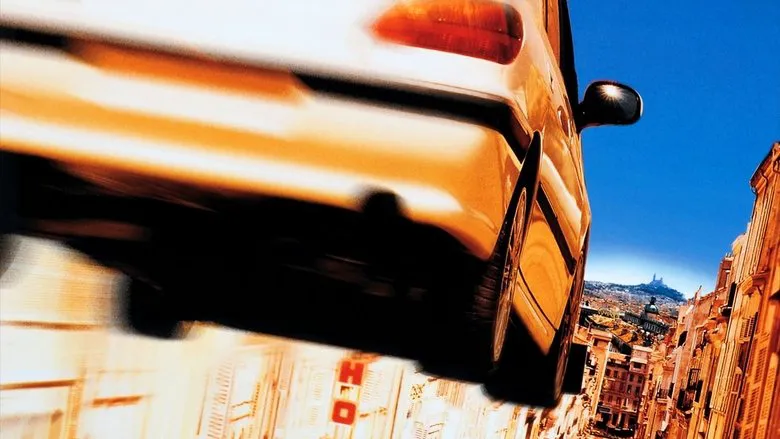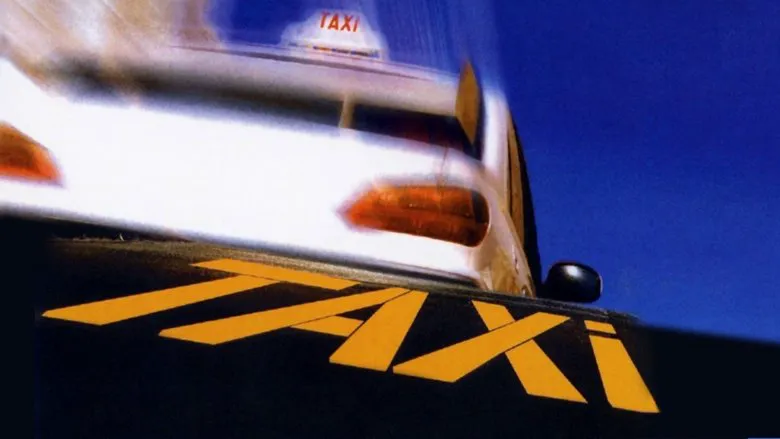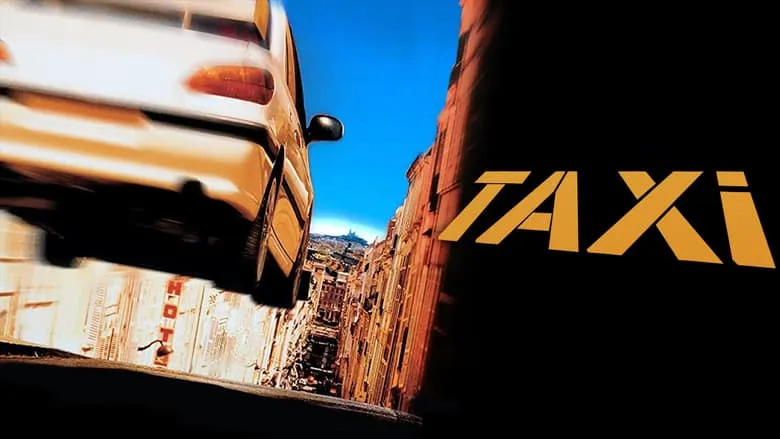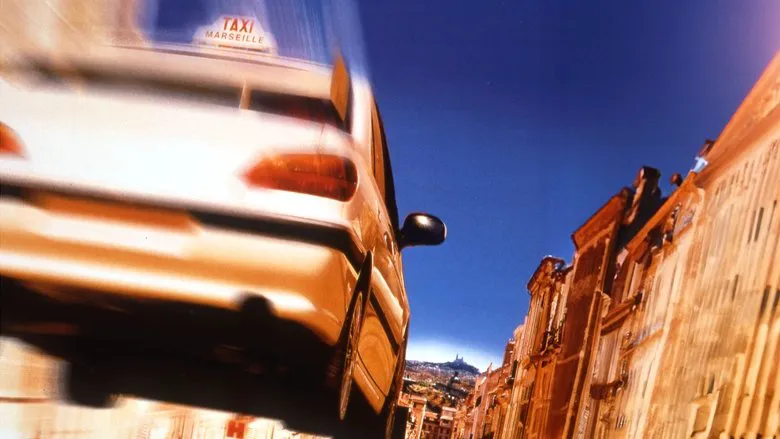A Unique Road Adventure: The Making of “Taxi”
This is a unique road adventure, interesting not only for its content but also for the conditions under which it was created. Despite the incredible complexity of filming, Panahi managed to make a truly spectacular film that is relevant, subtle, and touching.
Tehran today lives the life of a large metropolis. Hundreds of thousands of people rush about their business, thousands of kilometers of roads connect remote suburbs to each other, and dozens of yellow taxis come to the aid of those in a hurry. In one of these cars sits the famous Iranian director Jafar Panahi, a man who does not fit into the system of modern Iran. He merely observes the people who become his temporary companions and engages in casual conversations with them, revealing small human secrets, aspirations, and dreams that are often lost in the bustle of everyday life.

One of the biggest problems during filming was the lighting, which was clearly lacking in the car. To make the car brighter, friends helped Panahi cut a large sunroof in the roof of the taxi.
In our reviews, special materials, and interviews dedicated to new and classic films, we always try to pay as much attention as possible to how films are made, under what conditions they are born, where ideas come from, and what embodiment they receive for one reason or another. The context in which a film appears is sometimes no less important than what happens on the screen, and that is why we always encourage you to not only be interested in the plots, the acting, and the skill of the directors, but also to pay attention to the background of the film, the reputation and track record of its creators, and even where it was filmed and under whose strict supervision. Believe me, it is often extremely interesting.

Fearing new searches and arrests, Jafar Panahi made backup copies of the film’s working materials every evening and hid them with his friends or in the yard of his house.
Take, for example, Jafar Panahi’s film “Taxi.” The film has won two major awards at a major international film festival, but for the average viewer, the film may initially seem incredibly boring. A film shot on a dashcam? Are you serious? But as soon as you delve into the details of Panahi’s life, into his extraordinary creative world, where muses come in handcuffs and Pegasus has his wings clipped by a Sharia court, the film acquires a special glow, an unusual aura of not just art, but of heroism and a genuine manifesto, even if no one throws themselves on the barricades, engages in a battle with villains, or saves the world. Creating such a film is already an act of defiance.

It is hard to imagine, but Panahi, who shot the road adventure called “Taxi,” is under house arrest in Tehran. Surprisingly, the film was actually shot on three digital cameras installed in the car, a camera, and a smartphone. It’s hard to believe, but Panahi, who is unable to work with a large film crew, not only played a significant role in the film but also controlled the camera, sound, and lighting while driving the car. The most touching thing about all these behind-the-scenes problems is the final credits of “Taxi” - in them, Jafar Panahi, fearing for the well-being of his relatives and friends who took part in the creation of the film, simply thanks everyone for their help, without naming names. And this is not a publicity stunt, it is the reality in which the author has lived for many years. We go to a cozy cinema, and Panahi rushes to film for us, literally throwing himself into the breach.

The Brilliance Within
However, it is unlikely that even the respectable Berlinale would have singled out “Taxi” among other contenders for the “Golden Bear” if the film only had an attractive exterior, but Panahi also filled his film with a special glow from within. The film can only be compared to ancient Persian tales. During the eighty minutes of the film, the viewer will see strange old women who believe in magic, a dying man disposing of his wealth, a thief who is indispensable for Asian markets, and a mysterious dwarf who can get anything anywhere. Behind each character hides a unique life story - from banal street quarrels to global of the rule of law and morality. At the same time, the director does not try to be didactic, no, his “tales” are presented in a rather amusing form of “street anecdotes” - a pickpocket advocates for thieves to be sent to the gallows; a woman with her dying husband in her arms asks to record his last words of love on the phone, otherwise he will wake up later and forget them; a seller of pirated discs offers his films to the best director in the country. All this is incredibly funny, and even the press of not always prosperous Iran cannot contain Panahi’s fun.
Adding Spice and Relevance
But Panahi would not be himself if he did not add spice to his film. Several final episodes add rigidity and relevance to the film, where the director talks with his old friend, beaten by greedy neighbors, with a human rights activist who is going to support another prisoner, and with his own niece, who is just learning to distinguish “chernukha” from “objectivity,” “truth” from “show-off,” and “commercial cinema” from “real art.” With the latter, the author once again emphasizes that he remains in the game, that his video camera cannot be stopped, that genuine creativity will always find a way out, even through descendants. And this is the main idea of the film - the film continues, no matter who tries to cancel your session.